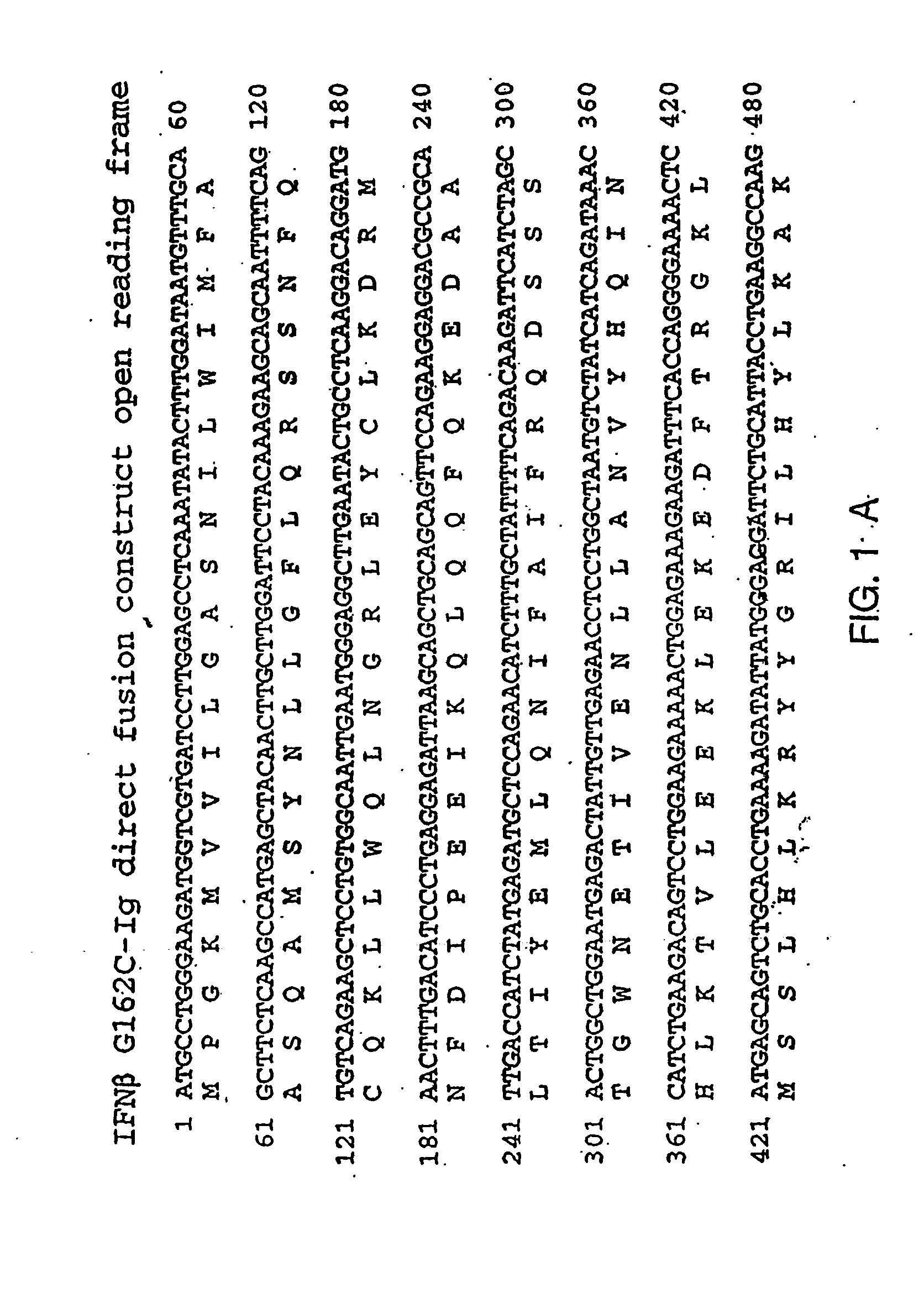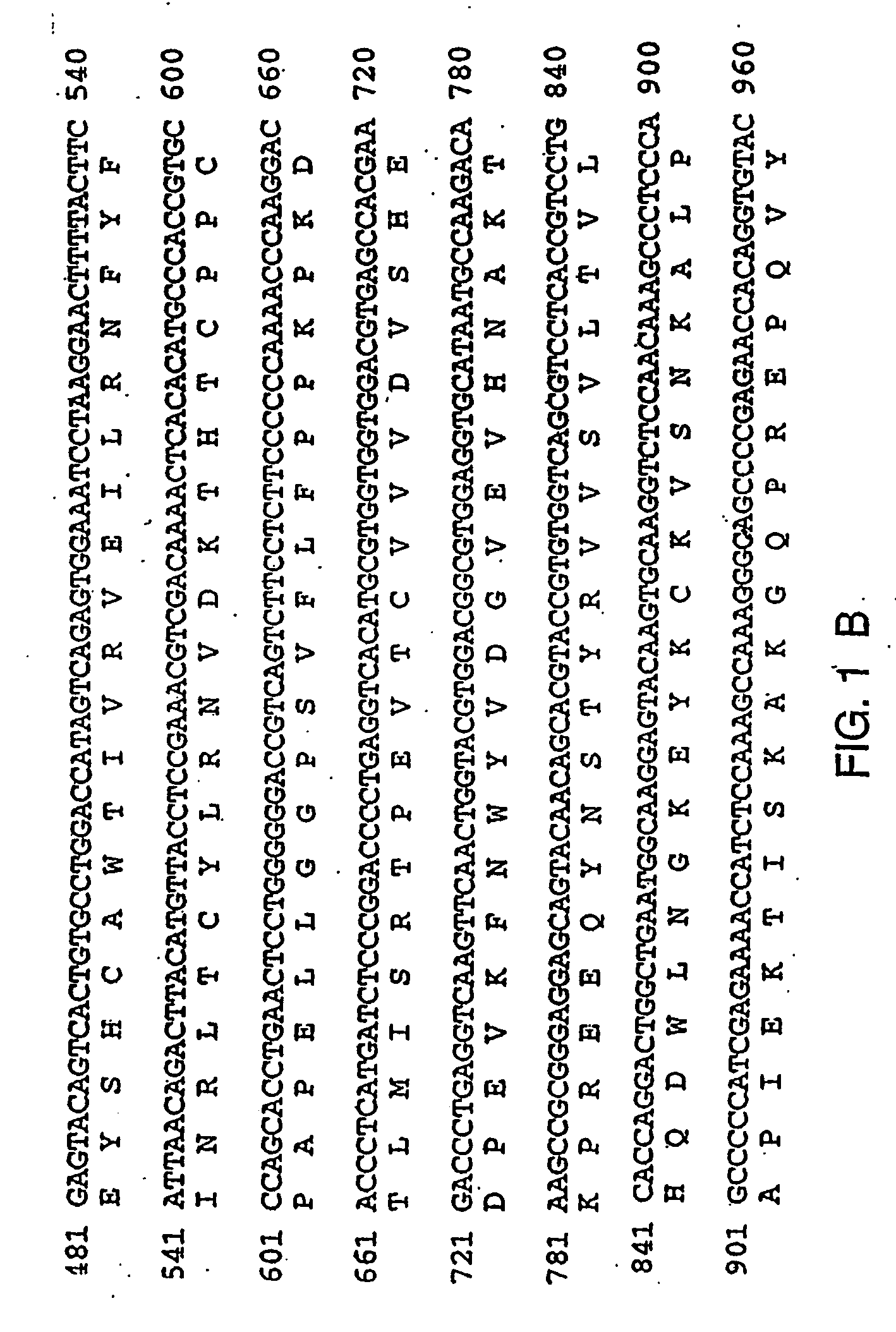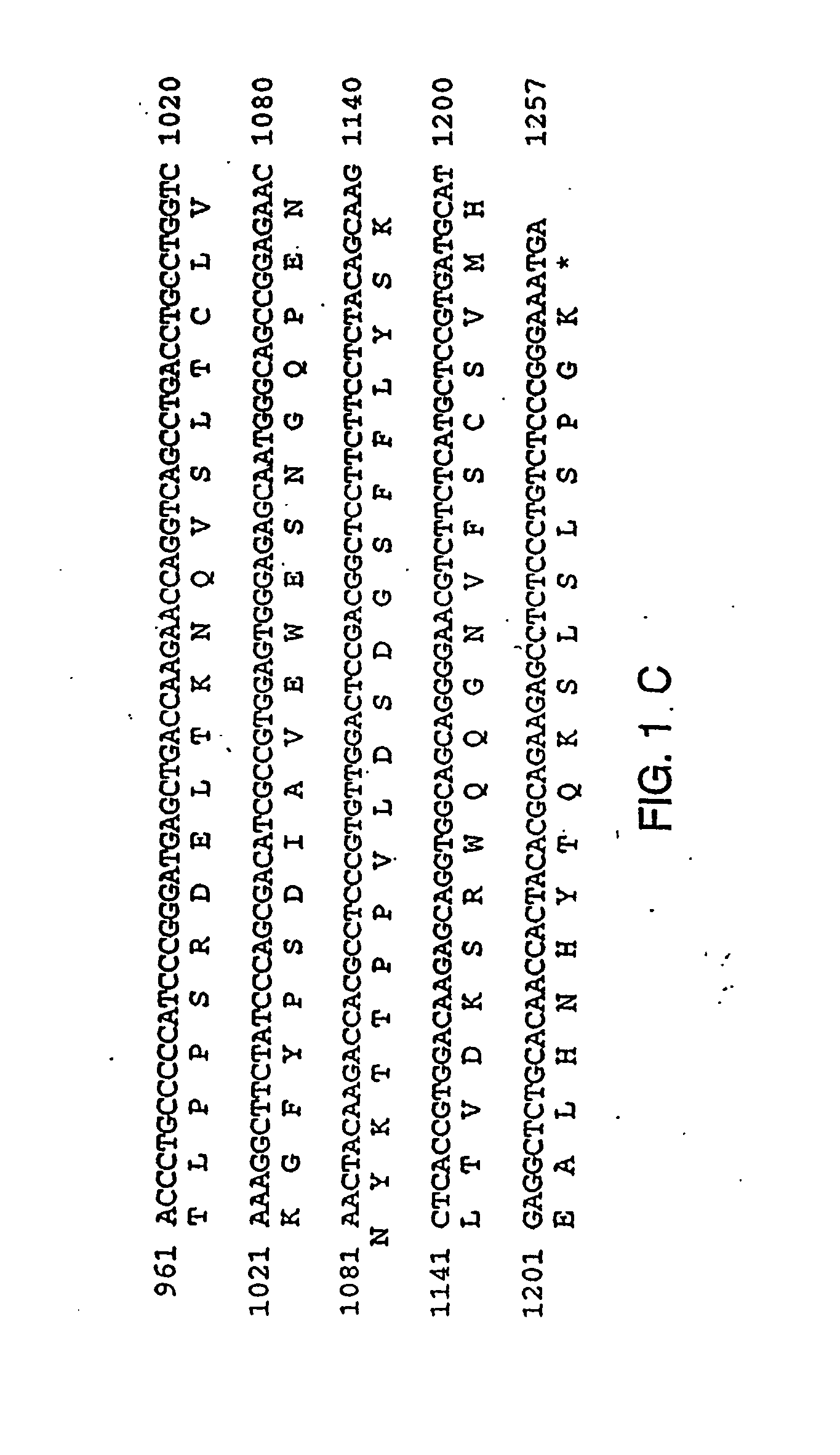Therapies for chronic inflammatory demyelinating polyneuropathy using interferon-ss
a technology of demyelinating polyneuropathy and interferon, which is applied in the direction of immunological disorders, extracellular fluid disorders, antibody medical ingredients, etc., can solve the problems of individuals being left with some residual numbness or weakness, and achieve effective relief from symptoms, reduce dose or frequency, and reduce the effect of dos
- Summary
- Abstract
- Description
- Claims
- Application Information
AI Technical Summary
Benefits of technology
Problems solved by technology
Method used
Image
Examples
example 1
Treatment of CIDP Patients with IFN-β 1a
[0172] CIDP patients that are being treated with IVIg will be switched to an IFN-β 1a treatment as follows.
[0173] Patients having an established diagnosis for CIDP and who are being treated with a stable once every two weeks or once every four weeks regimen of IVIgIVIGIVIg will be given one of the following regimens of IFN-β 1a via intramuscular injection: 30 mcg (6 MIU) of AVONEX® once weekly; 30 mcg (6 MIU) of AVONEX® twice weekly; 60 mcg (12 MIU) of AVONEX® once weekly; or 60 mcg (12 MIU) of AVONEX® twice weekly. When administration of IVIg and IFN-β 1a fall on the same day, the administrations will be separated by at least a two hour period. The patients will receive this combination treatment for 16 weeks, during which time, the disease state of the patients will be assessed about every four weeks. At week 16, the IVIg will be discontinued and the IFN-β 1a treatment will be continued following the same regimen as before.
[0174] The dise...
PUM
| Property | Measurement | Unit |
|---|---|---|
| temperature | aaaaa | aaaaa |
| temperature | aaaaa | aaaaa |
| temperature | aaaaa | aaaaa |
Abstract
Description
Claims
Application Information
 Login to View More
Login to View More - R&D
- Intellectual Property
- Life Sciences
- Materials
- Tech Scout
- Unparalleled Data Quality
- Higher Quality Content
- 60% Fewer Hallucinations
Browse by: Latest US Patents, China's latest patents, Technical Efficacy Thesaurus, Application Domain, Technology Topic, Popular Technical Reports.
© 2025 PatSnap. All rights reserved.Legal|Privacy policy|Modern Slavery Act Transparency Statement|Sitemap|About US| Contact US: help@patsnap.com



